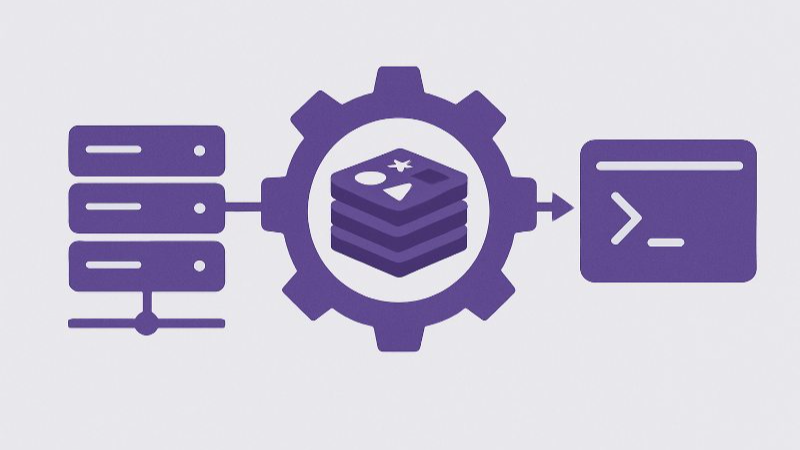
- Bariz
-
Website Design
Seo
Hosting
- Buy a ready-made website
- Online photo editor
-



If you are looking to speed up your site or application or set up a good cache, Redis is one of the best choices. In this tutorial, we will install Redis on Ubuntu 24.04, get it up and running, and configure it to make it more secure.
First of all, like any other installation, update the system so that everything is up to date. What's new:
sudo apt update
sudo apt upgrade -y
Now you need to install Redis on your system with the following command and start configuring it.
sudo apt install redis-server -y
After installation, you can make sure it is installed and see what version it is:
redis-server --version
Redis is started by default, but check to make sure it is enabled:
sudo systemctl enable redis-server Enable Redis
sudo systemctl start redis-server Start
sudo systemctl status redis-server Redis Status
If it says active (running), it is working properly.
The address of the Redis configuration file usually goes here
sudo nano /etc/redis/redis.conf
There are a few important things here:
To be accessible only from local, I mean local, the server of your site. Don't confuse local with your computer. Local means whatever computer you install it on.
bind 127.0.0.1 ::1
Check the Redis port, which is usually 6379, which may change from time to time
port 6379
* If you want Redis to run in the background (usually like this):
daemonize yes
After making changes, save and close the file.
If you don't want anyone to connect to Redis, set a password for it
sudo nano /etc/redis/redis.conf
requirepass YekRamzKhafan123
Replace `YekRamzKhafan123` with your desired password, but make it strong!
Then restart Redis Start:
sudo systemctl restart redis-server
Now it's time to see if Redis is working properly:
redis-cli
Run the following command without the password:
ping
If it says `NOAUTH`, it means we need to enter a password.
Now enter your password:
auth YekRamzKhafan123
If it says `OK`, it means you entered correctly.
Now `ping` again:
ping
If it says `PONG` means Redis is responding.
You can save something as a test:
SET testkey "Hello Redis!"
GET testkey
If it returns `Hello Redis!`, then everything is OK.
To exit, type:
exit
So, so far we've installed Redis, run it, given it a password, and even run a test. Now you can use it in your projects, whether for caching data or as a lightweight and fast database.
جستجو

قطعا تو ذهنت سوال داری
چرا زنگ نمیزنی که برات حلش کنیم؟

اینجا میتونه شروع راه تو باشه
تماس با پشتیبان
At Bariz, we are more than just a web design and SEO team; we are a family of creatives and digital experts who combine art and technology to take businesses to the next level.
Our goal is to create unique digital experiences that are not only beautiful but impactful and result-driven.

© Copyright 2024 - bariz. All Right Reserved
پشتیبان شماره 2
آنلاین
پیامی برای نمایش وجود ندارد